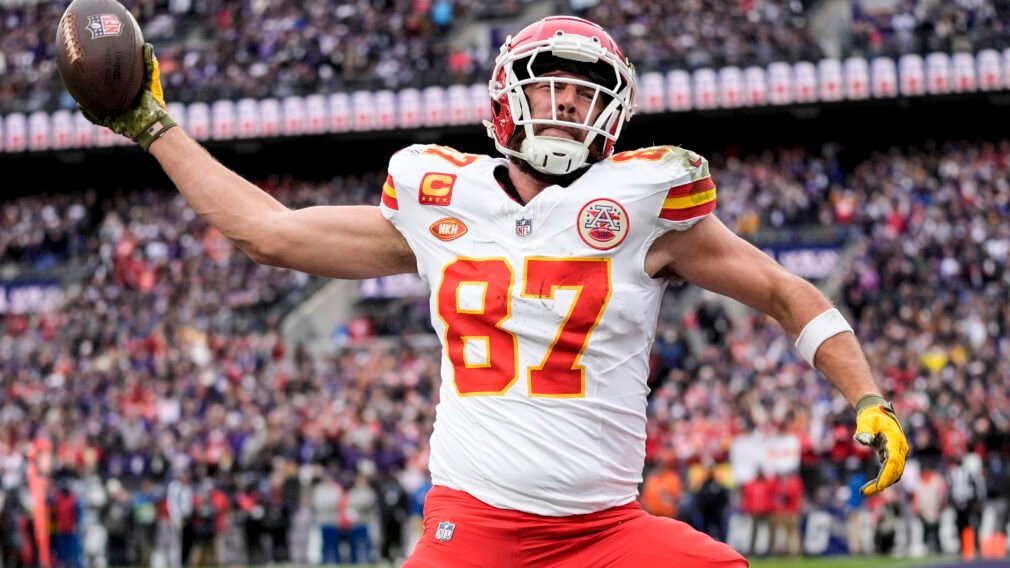What Does the Spread Mean in Betting? The Complete Guide to Point Spreads
The spread, also known as the point spread, is the most fundamental and common wager in American sports betting. Oddsmakers set it as a handicap to make a game between two unevenly matched teams more even for wagering. Bettors do not pick just a winner; they bet on the margin of victory or defeat.

The most critical takeaway is this: the spread is the number of points the favorite must win by or the number of points the underdog can lose by for a bet to succeed.
Spreads typically list at -110 odds (or “juice”) on both sides. This means you must risk to win a profit, which is the sportsbook’s standard fee. This system is designed to encourage balanced betting action on both teams, which limits the sportsbook’s financial risk.
How Point Spreads Work
The point spread is a number added to the underdog’s score or subtracted from the favorite’s score. The team with the minus sign () is the favorite. The team with the plus sign () is the underdog.
Understanding the Numbers
- The Favorite (The Minus Sign, e.g., -5.5): The favorite must win the game by more than the spread to “cover the spread.” If they win by the exact margin, it is a “push” (stakes are refunded). This is rare when a “.5” is used.
- The Underdog (The Plus Sign, e.g., +5.5): The underdog covers the spread if they win the game outright or lose by less than the spread.
Example: NFL Game
Consider an NFL game with this spread:
- Betting on the Chiefs (-7.5): The Chiefs must win by 8 points or more (e.g., a 28-20 final score). If they win by 7 points or fewer, or lose the game, you lose the bet.
- Betting on the Bills (+7.5): The Bills win your bet if they win the game or lose by 7 points or fewer (e.g., a 28-21 loss).
The use of the “.5” (the hook) ensures a clear winner or loser on every bet. This prevents pushes (ties).
Why Bettors Use the Spread
Spread betting offers significant benefits over betting only on the winner using the moneyline.
Better Odds for Favorites: Heavy favorites often have very low moneyline odds (e.g., -300). This requires a large wager for a small return. Spread betting adds more risk—the favorite must win by a specific margin—but gives you much better odds, typically the standard -110.
Betting on Close Games: You can bet on an underdog you think will play a close game without needing them to win outright. The underdog can lose the match, but your spread bet can still be successful.
Spreads in Different Sports
The core idea remains consistent, but point spreads use different names and fixed numbers in low-scoring sports.
Football and Basketball: These are the main sports using the term “point spread.” The spread number changes widely (from 1 to over 20 points) based on the expected scoring difference.
Baseball: The Run Line: The spread in baseball is almost always fixed at runs.
- Favorite (-1.5): They must win by 2 or more runs.
- Underdog (+1.5): They can win outright or lose by only 1 run.
- The odds change to reflect the expected outcome. For example, the favorite might be -1.5 at -130 odds, while the underdog is +1.5 at +110 odds.
Hockey: The Puck Line: Like the Run Line, the Puck Line is usually fixed at goals. Again, the odds adjust based on the game.
Key Concepts for Spread Betting
- Covering the Spread: This term means the team’s final score, adjusted by the spread, favors you. The goal is always to cover the spread.
- The Push: This happens when the favorite wins by the exact margin of a whole-number spread (e.g., the favorite is -3 and wins by 3 points). The sportsbook refunds all stakes. The “.5” hook prevents this outcome.
- Vigorish (Vig or Juice): This is the fee the sportsbook charges to take your wager. At standard -110 odds, a successful bet returns (your original plus profit). The -110 odds require a bettor to win 52.38% of their bets just to break even.
- Key Numbers: In football, 3 and 7 are “key numbers.” Many games end with a score difference of three or seven points. A line that moves across these numbers (e.g., from -2.5 to -3) significantly changes a bet’s value.
Beginners should shop lines across different sportsbooks to find the most favorable spread and odds. Additionally, successful bettors research a team’s performance Against the Spread (ATS), not just their regular win/loss records.
Recommended
